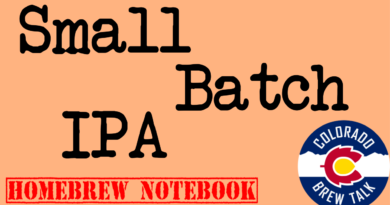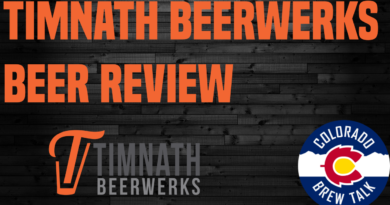Episode 25: Trappist Single Tasting – Category 26A
We had some good friends on the show this time around, Mike and Jerry helped us out, and both of them brought a couple of singles a piece. Mike gave us the sought out Westvleteren Blond. As we mentioned in the video, Singles aren’t usually something that gets sent out of the Trappist breweries, and proved very hard to find, so it was great to have one of the shining examples (Westvleteren Blond) to try.
I have to say, get some homebrewers together and start trying and talking about beer, and it’s a pretty good time. This episode went a little long, and may be a little messy, but it was a whole lot of fun. There was so much good talk off the air it wasn’t funny.
This episodes tastings were (in order):
1. Westvleteren Blond (about 2 years old)
2. Mike M’s 2018? Homebrewed Belgian Single
3. A Homebrewed Bronze medal winner from the 2019 Peterson Homebrew Festival
4. Mike M’s new Homebrewed Single (about 2 weeks old)
5. Jerry’s Homebrewed Belgian Single (made for a yeast cake for a Tripel)
6. Another Homebrewed single from Jerry that was an experiment from the last runnings of a Tripel.
7. Mike S’s Homebrewed Single that he completly messed up, by using the hop additions from a altbier.
Mike M and Jerry were kind enough to share their recipes.
Here’s Mike M’s Trappist Single Recipe, but check back for Jerry’s. I’ll post it as soon as it’s available. 07/06/2020 Update: You can find Jerry’s recipe at Beamer’s Base Hit – Trappist Single Recipe (Category 26A).
From the BJCP 2015 Guidelines for Category 26A Trappist Single
Overall Impression:
A pale, bitter, highly attenuated and well carbonated Trappist ale, showing a fruity-spicy Trappist yeast character, a spicy-floral hop profile, and a soft, supportive grainy-sweet malt palate.
Aroma:
Medium-low to medium-high Trappist yeast character, showing a fruity-spicy character along with mediumlow to medium spicy or floral hops, occasionally enhanced by light herbal/citrusy spice additions. Low to medium-low grainy-sweet malt backdrop, which may have a light honey or
sugar quality. Fruit expression can vary widely (citrus, pome fruit, stone fruit). Light spicy, yeast-driven phenolics found in the best examples. Bubblegum inappropriate.
Appearance:
Pale yellow to medium gold color. Generally good clarity, with a moderate-sized, persistent, billowy white head with characteristic lacing.
Flavor:
Fruity, hoppy, bitter, and dry. Initial malty-sweet impression, with a grainy-sweet soft malt palate, and a dry, hoppy finish. The malt may have a light honeyed biscuit or cracker impression. Moderate spicy or floral hop flavor. Esters can be citrus (orange, lemon, grapefruit), pome fruit (apple, pear), or stone fruit (apricot, peach). Light to moderate spicy, peppery, or clove phenolics. Bitterness rises towards the crisp,
dry finish, with an aftertaste of light malt, moderate hops and yeast character.
Mouthfeel:
Medium-light to medium body. Smooth. Medium-high to high carbonation, can be somewhat prickly. Should not have noticeable alcohol warmth.
Comments:
Often not labeled or available outside the monastery, or infrequently brewed. Might also be called monk’s beer or Brother’s beer. Highly attenuated, generally 85% or higher.
History:
While Trappist breweries have a tradition of brewing a lower-strength beer as a monk’s daily ration, the bitter, pale beer this style describes is a relatively modern invention reflecting current tastes. Westvleteren first brewed theirs in 1999, but replaced older lower-gravity products.




